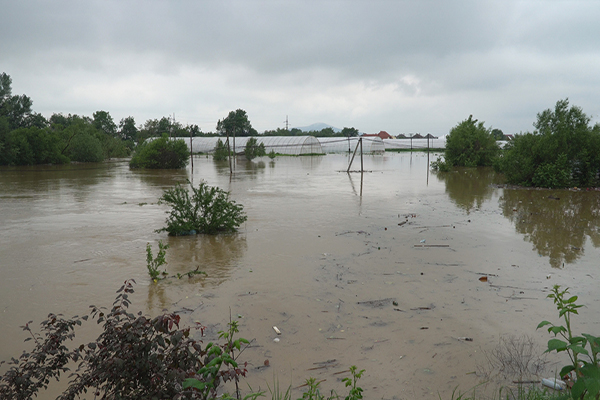Tackling climate change calls for action on dozens, if not hundreds or thousands, of fronts, from developing new government policies, to planting trees and educating consumers.
It’s a daunting task, but a new study attempts to boil all of those challenges down to just 30 “policy-relevant and solution-oriented” proposals that can be applied at the local, state and national levels.
The Climate Risk Solutions report, developed by Wharton’s Risk Management and Decision Processes Center, the Kleinman Center for Energy Policy, the Penn Program on Regulation, and the Penn Faculty Senate, is a collection of 30 ideas from experts that follow up on dire warnings that the United Nations Intergovernmental Panel on Climate Change issued last year. The U.N. body had warned of rising sea levels, drought, more damaging storms, coral reefs dying, and famine, among other things, and it urged a more rapid transition to a carbon-free world.
The Knowledge@Wharton radio show on SiriusXM discussed some of the climate change solutions and major takeaways from the Penn report with Cary Coglianese, Penn law and political science professor and director of the Penn Program on Regulation; Steven O. Kimbrough, Wharton professor of operations, information and decisions, and Carolyn Kousky, executive director at the Wharton Risk Management and Decision Processes Center. “Climate change is a risk management problem,” says Kousky. “Part of why it’s tricky is it’s actually not just one risk management problem, but hundreds of risk management problems.” The Risk Center classified those risks under the following “three big buckets” that called for appropriate climate policies: mitigation, adaptation, and transition.
Read more at Knowledge@Wharton.








